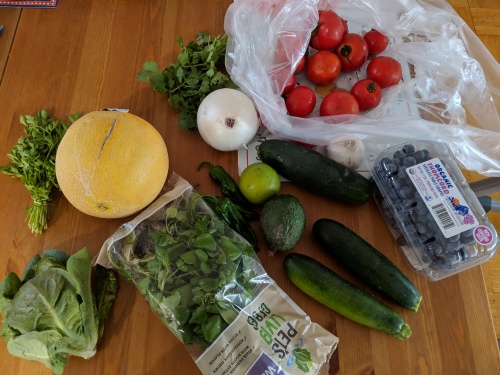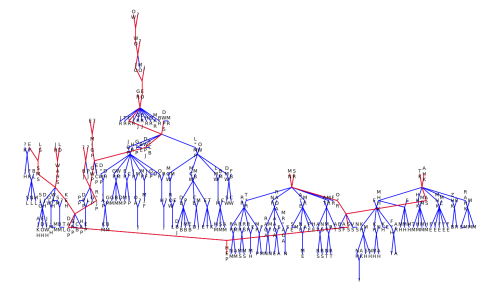Below is a post I wrote on Facebook when we had baby #1 and certain biological and technological situations going on. Baby #2 is here and I am glad to say we have not had any weevils, however, I have a renewed appreciation for foundational technology: dishwashers, washer-dryer and microwave! My hands would be sore without them.
===
(2017 post below)
Two technologies I was thankful for today
Or: why my wife is having a long nap and will wake to the kitchen smelling of bleach
As I was starting to mix some baby formula today, I noticed a weird bug crawling around in the kitchen. I had seen a few of these things before over the past weeks, and though I’d thought before that maybe I should call the landlord, it occurred to me to try to learn more.
These weird bugs were not ones I was familiar with. They looked like tiny horned beetles. Somehow however the word “weevil” just popped into my head as le mot juste for the creepers. I remember this word from before but couldn’t tell you anything but that they were small bugs. I suspect though that I successfully identified them sight unseen because they looked like wee evils.
Anyway the first technology to do its magic was a Google search. I looked up weevil and the first picture didn’t match, but the second one, “wheat weevil,” sure did. And lo and behold when I picked up the bag where I’d stored whole grain wheat, the little wee evils were all over the place. Apparently they lay eggs in the grain.
Thus began the industrial cleanup phase of my story. Some good non-bug-related things came out of this, e.g. I found a rotten potato before it could spoil the rest, and I threw out some rice in a container I didn’t feel was trustworthy. But it was when I was standing on a stool with my hands full of Raid that my newborn daughter, formerly asleep in her crib, decided to let out a bloodcurdling scream.
So I washed my hands and tried the usual tricks: diaper, feeding, burping, but to no avail. This brings me to the other key piece of technology, a swinging chair. Once I put her in it she decided the world was a happy place and I was able to continue my weevil murdering operation.
Lessons learned:
1. now that I make altonbrown.com/dutch-baby-pancake-recipe instead of whole grain pancakes, I shouldn’t leave piles of unused grain around the house
2. it’s never too early to set up your child’s swing












 Its initial purpose was to help me figure out the input biographical record format and get an idea on what would be the simplest working layout algorithm. Fast forward a while to the past couple days, when I took the “finished” JavaScript version and tried to figure out what the heck my own code is doing. Recursion is complicated! I’m now pretty happy with the state of the code (
Its initial purpose was to help me figure out the input biographical record format and get an idea on what would be the simplest working layout algorithm. Fast forward a while to the past couple days, when I took the “finished” JavaScript version and tried to figure out what the heck my own code is doing. Recursion is complicated! I’m now pretty happy with the state of the code (